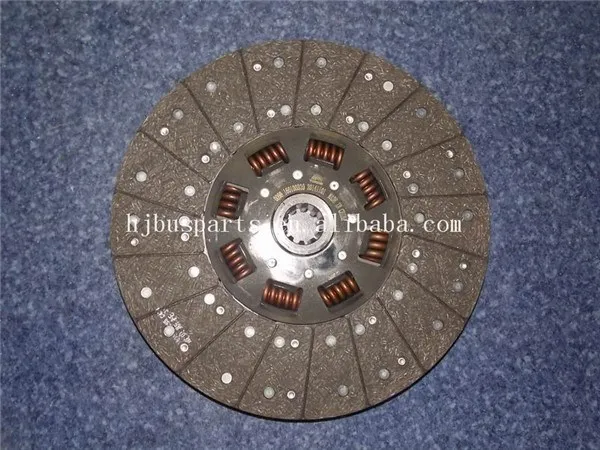

- Single plate clutch advantages full#
- Single plate clutch advantages series#
- Single plate clutch advantages free#
The pressure plate presses the clutch plate onto the flywheel from its machined surface.
Single plate clutch advantages full#
The main function of the pressure plate is to establish even contact with the driven plate facing through which the pressure springs can exert a sufficient force to transmit the full torque of the engine. It is the heaviest part of the clutch assembly. The pressure plate is made of special cast iron. These clutch facings are made of asbestos material.
Single plate clutch advantages series#
It has a series of facings inverters on each side to enlarge the friction. This helps to provide damping actions against torsional vibrations or variations of the driving torque between engine and transmission.Ī clutch disc is a plate between the flywheel and friction or pressure plate.


It has a central hub with internal splines to limit the axial travel along the splined gearbox driving shaft. It is the driven member of the single-plate clutches and lines with friction material on both surfaces. It also assists the input shaft center of the disc on the flywheel. The pilot bearing prevents the transmission shaft and clutch disc from wobbling up and down when the clutch releases. The pilot bearing or bushing press into the end of the crankshaft to support the end of the transmission input shaft. The flywheel rotates as the engine crankshaft rotates. It is a driving member and connects to the pressure plate of the clutch shaft and is housed with bearings in a flywheel. The flywheel is an integral part of the engine, which is also used as a part of the clutch. Then the speed of the clutch shaft will slowly decrease and stop rotating.ĭiagram of single plate clutch Parts of Single Plate ClutchĪ single plate clutch assembly for transmission of power consists of a flywheel, a clutch plate, pressure plates, clutch covers, release levers, and a primary or clutch shaft.
Single plate clutch advantages free#
The pressure plate is bolted to the flywheel through clutch springs and is free to slide (Move) on the clutch shaft when the clutch pedal is operated (Engage and Disengage). When the driving force has pushed down the clutch is released. The friction disc is located between the flywheel and the pressure plate. When the engine is running and therefore the flywheel is rotating, the pressure plate also rotates because the pressure plate attaches to the flywheel. The driving torque can increase by increasing the effective radius of contact. These two shafts are parallel and concentric with each other one shaft is fixed to its housing while the other is splined so that it can move axially. The clutch primarily consists of two members, one mounted on the driving shaft and the other on the driven shaft. The Flywheel is mounted on the engine crankshaft and rotates with it.

It consists of only one clutch plate which is mounted on the splines of the clutch plate. A single plate clutch is the most common type of clutch plate used in automobiles.


 0 kommentar(er)
0 kommentar(er)
